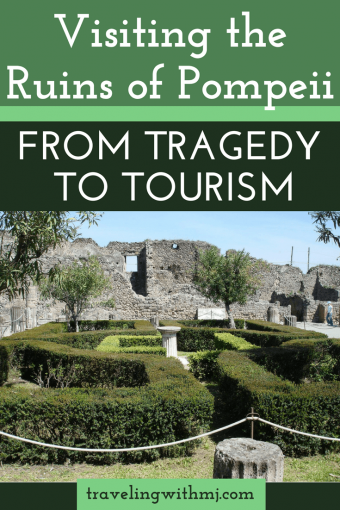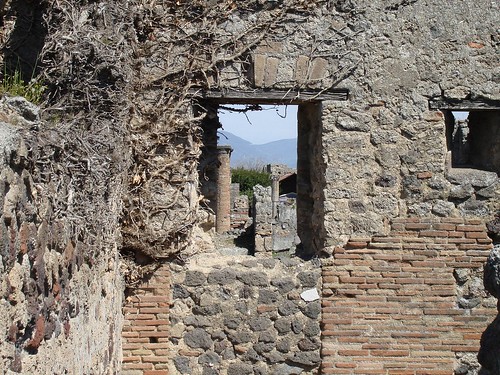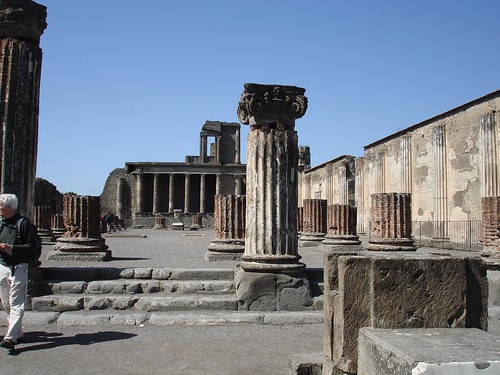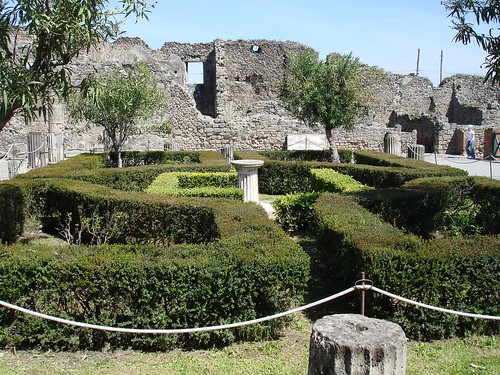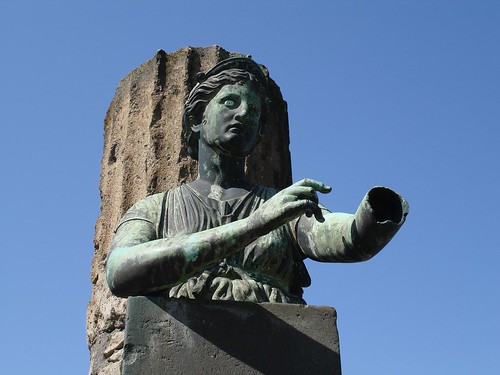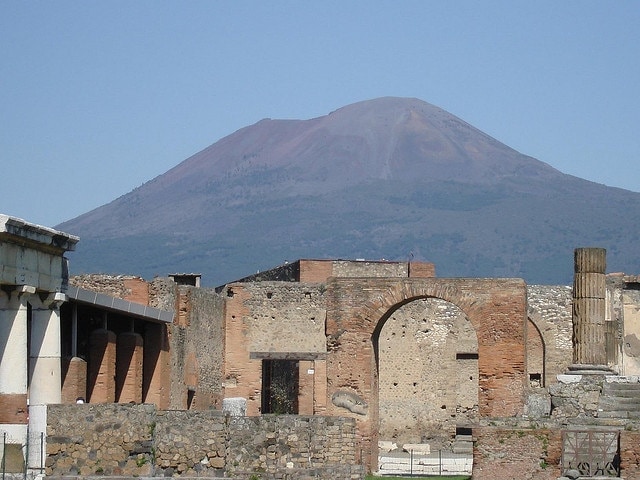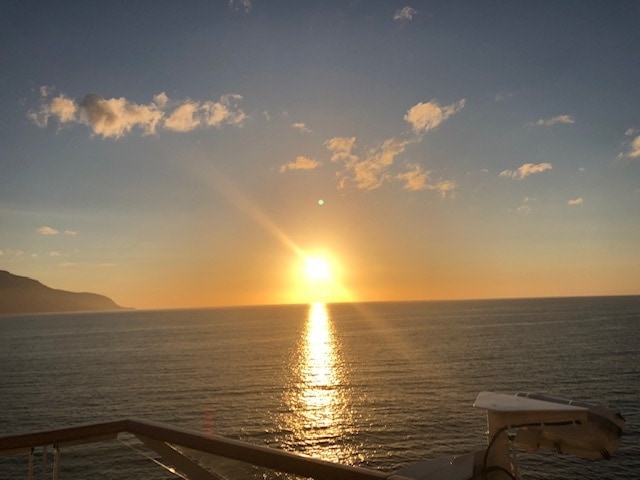The ruins of Pompeii have become one of Italy’s most visited sites.
On August 24th, 79 A.D., Mount Vesuvius erupted in a violent two-day display that destroyed the city of Pompeii, Italy, and the surrounding area. It is one of history’s largest recorded volcanic eruptions, and a tragedy by any measure.
The city was buried under ash and pumice for nearly 1700 years and was presumed lost until its accidental rediscovery in the mid-1700s. The subsequent excavation of the ruins of Pompeii provided a peek at what life was like during the height of the Roman Empire.
Rising out of the ash and lava over a thousand years later, the ruins of Pompeii turned a horrible tragedy into a tourism opportunity. Millions of visitors a year now visit this UNESCO World Heritage site located not far from Naples, along with its sister city Herculaneum.
The site is stable and safe to visit, but there have been some restrictions imposed upon visitors. No longer are visitors free to roam and climb, potentially damaging many fragile bits of history, and pathways are clearly marked and areas roped off. The weather has also caused concerns over the years, with heavy rains and flooding causing damage and instability. Although we explored the ruins of Pompeii on our own, there’s great value in arranging a tour. You can find information about tours and guides here.
To get to the ruins of Pompeii, take the Circumvesuviana train on the Napoli-Sorrento line to the Pompei (note only one i in the name of the city) stop. The entrance to the ruins is just a short walk from the Pompei station. Look for signs that say Pompeii Scavi.
Find a hotel in nearby Sorrento, Naples, or on the Amalfi Coast here.
Here are my recommendations on how to enjoy a day at the ruins of Pompeii:
Pompeii makes a great day trip from Sorrento or Naples. You’ll want the better part of a day to explore the site, plus factor in time for transportation.
Tickets can be purchased in advance, online, and through various tour operators. We didn’t know which day we were going to be visiting and bought tickets at the gate. There was only a small wait. If you’re going during peak season, however, advance ticketing may save you time.
Wear comfortable flat walking shoes and clothing. You’re going to log a lot of steps exploring the ruins of Pompeii, and the terrain is hilly and uneven. Wear something sensible.
Consider whether this is a trip to make with children. It’s a long day to be carrying an infant or toddler around, especially in the often unrelenting sun, and bumping a stroller around can’t be fun for anyone. Think about what’s involved in a visit to a ruins site and if your children – and you – are up to tackling it.
If you’re generally a fan of audio guides, get it. The information is also available on the visitor map, so you don’t miss out if you don’t have the audio. Choose how you prefer to get your information and you’ll be fine either way. I appreciated having the audio guide.
Head to the brothel. This was the first and only time that I’ve visited a brothel, and the route there was marked by stone phalluses. It’s good for a giggle but also serves as a reminder that ancient Roman had fairly liberal attitudes about sexual expression.
Bring water and snacks. In sunny weather, you probably can’t pack enough water, and we were guzzling it down faster than we’d imagined on a visit in early spring. There is a cafeteria on-site, and the food isn’t half bad, but it’s usually jammed with a long wait. Save time and money by throwing some refreshments into your daypack. Don’t worry, there are restrooms on-site.
Visit the House of the Mysteries, even though it’s a bit of walk to get there. The frescoes are well preserved, and the paintings tell the story of a young bride’s initiation into the cult of Dionysus’ template=’ProductLink’ store=’travelingwithmj-20′ marketplace=’US’ link_id=’0f86ab83-1e9e-11e8-995c-8351ac498e6d’].
Don’t make big plans for the evening after your visit. A full day of exploring in the heat will zap your energy. Plan on a quiet night and hit the ground running the next day.
For a one-two historical punch, visit the Naples National Archaeological Museum (MANN) to learn more about what life was like in Pompeii. Some of the most fragile of the artifacts have been removed from the site and are on display here. MANN is also home to some of the erotic frescoes and other sexually explicit items that were removed from the site so as not to offend anyone.
Hours: During the spring and summer months, the ruins are open from 9 am – 7:30 pm, and during the fall and winter months, 8:30 am – 5 pm. Hours can vary, so check in advance for open hours on the date or your visit.
Admission: One-day admission is €13,00, and a 3-day admission covering three sites (Pompeii, Oplontis, Boscoreale) is €15,00. Other combination tickets are available that combine a variety of sites. EU visitors under 18 or over 65, are FREE. EU visitors ages 18-24 and teachers are half price. Free admission is offered on the first Sunday of the month.
There are also reasonably priced tours that provide a value-added benefit to your visit to the ruins of Pompeii. You might consider one of these.
Pin this to your relevant Pinterest boards and you’ll always have this information handy. You know you’re going to want to visit Italy sometime soon, and visiting the ruins of Pompeii is an excellent idea.
